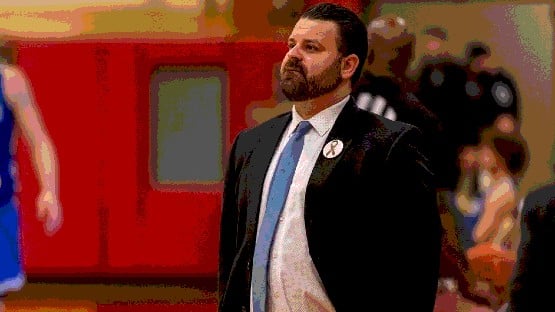
The release is free and open to the public. Please meet at the Belle Isle Visitor Center. Individuals who wish to attend the eagle release are asked to RSVP to the Center at [email protected].
Participating in the release will be Dr. Dave McRuer, the Center’s Director of Veterinary Services.
This Bald Eagle was found down on the ground in Northampton County, on Virginia’s Eastern Shore, on April 23. The bird was captured by an officer with the Virginia Department of Game and Inland Fisheries. The eagle was driven to the Center’s clinic in Waynesboro by a volunteer transporter on April 24.
Upon admission, the eagle was examined by Dr. Kristin Britton and assigned Patient #14-0380, the 380th patient of 2014. The mature eagle was alert but dehydrated; the eagle had bruising on the right side of its face as well as on the leading edge of its left wing. Radiographs revealed an old, well-aligned fracture of two bones in the eagle’s right wing. The Center’s veterinary team administered fluids and began a course of anti-inflammatories.
The eagle was admitted with a leg band. Subsequent research determined that the eagle had been banded in 2010 or 2011 at a landfill in Luray, Virginia – about 180 miles away from its April 2014 rescue site. The eagle was a mature adult when banded, which means that the eagle is now at least eight years old.
The eagle’s bruising resolved quickly; the bird was moved to an outdoor enclosure on April 28 and has spent the past few weeks in the Center’s outdoor flight pens. The eagle has been one of the Wildlife Center patients on Critter Cam – the Center’s web-based live camera feed.
For about a week of its recovery, #14-0380 shared one of the Center’s largest flight pens with two young Bald Eaglets, rescued from Chincoteague Island after their nest was destroyed in a storm. The eaglets could see and hear the adult Bald Eagle at a time when the young birds were getting close to fledging – the first flight from the nest.
In addition to Bald Eagles, this spring the Center is also using other older animals as surrogates/role models. For example, the Center has formed two “families” of Black Bears – a yearling female and three cubs, and a yearling female with two cubs. Although they are not yet of breeding age, the maternal instincts of these female yearlings kick in after they are introduced to their young charges. The surrogates/role models, who have spent a year in the wild, help teach the cubs how to be bears and help reinforce a wariness of humans.
And this spring the Center has once again turned to Papa G’Ho as a surrogate for Great Horned Owls. Papa G’Ho helps young owlets develop natural owl behaviors and hone their hunting abilities.
Center veterinary and rehabilitation staff have been exercising Bald Eagle #14-0380 for several weeks; they have determined that the eagle is ready to be returned to the wild.
It is estimated that the Bald Eagle population of North America numbered about half a million before European settlement. With the loss of habitat, hunting, and the effects of DDT and other pesticides, the U.S. eagle population plummeted. In 1977, for example, there were fewer than 50 Bald Eagle nests in Virginia.
Today, the Bald Eagle population in Virginia is on the rebound. There are now more than 1,000 active Bald Eagle nests in the Commonwealth.
Since its founding in 1982, the Wildlife Center has treated scores of Bald Eagles, done extensive studies of environmental factors that affect eagles and other wildlife, and worked to reform laws and regulations to strengthen the protection afforded to Bald Eagles. In addition to the bird to be released on Friday, the Center is currently treating eight Bald Eagle patients.
Every year, about 2,600 animals – ranging from Bald Eagles to chipmunks – are brought to the Wildlife Center for care. The goal of the Center is “to treat to release” – to restore patients to health and return as many as possible to the wild.
The Wildlife Center of Virginia is an internationally acclaimed teaching and research hospital for wildlife and conservation medicine. Since its founding in 1982, the nonprofit Center has cared for more than 65,000 wild animals, representing 200 species of native birds, mammals, reptiles, and amphibians. The Center’s public education programs share insights gained through the care of injured and orphaned wildlife, in hopes of reducing human damage to wildlife.
In July 2011, the Center launched Critter Cam, which has allowed wildlife enthusiasts around the world to watch a variety of Center patients, including #14-0380. Patients that are currently “featured” on one of the three Critter Cam feeds are Black Bears, Great Horned Owls, and Bald Eagles. A link to Critter Cam may be found on the Center’s homepage – www.wildlifecenter.org.
Belle Isle is part of the Virginia State Parks system [administered by the Virginia Department of Conservation and Recreation] and includes 739 acres and seven miles of shoreline on the Rappahannock River. The park provides a variety of wildlife habitats, including eight distinct types of wetlands. Additional information about the park is available at http://www.dcr.virginia.gov/state_parks/bel.shtml.










